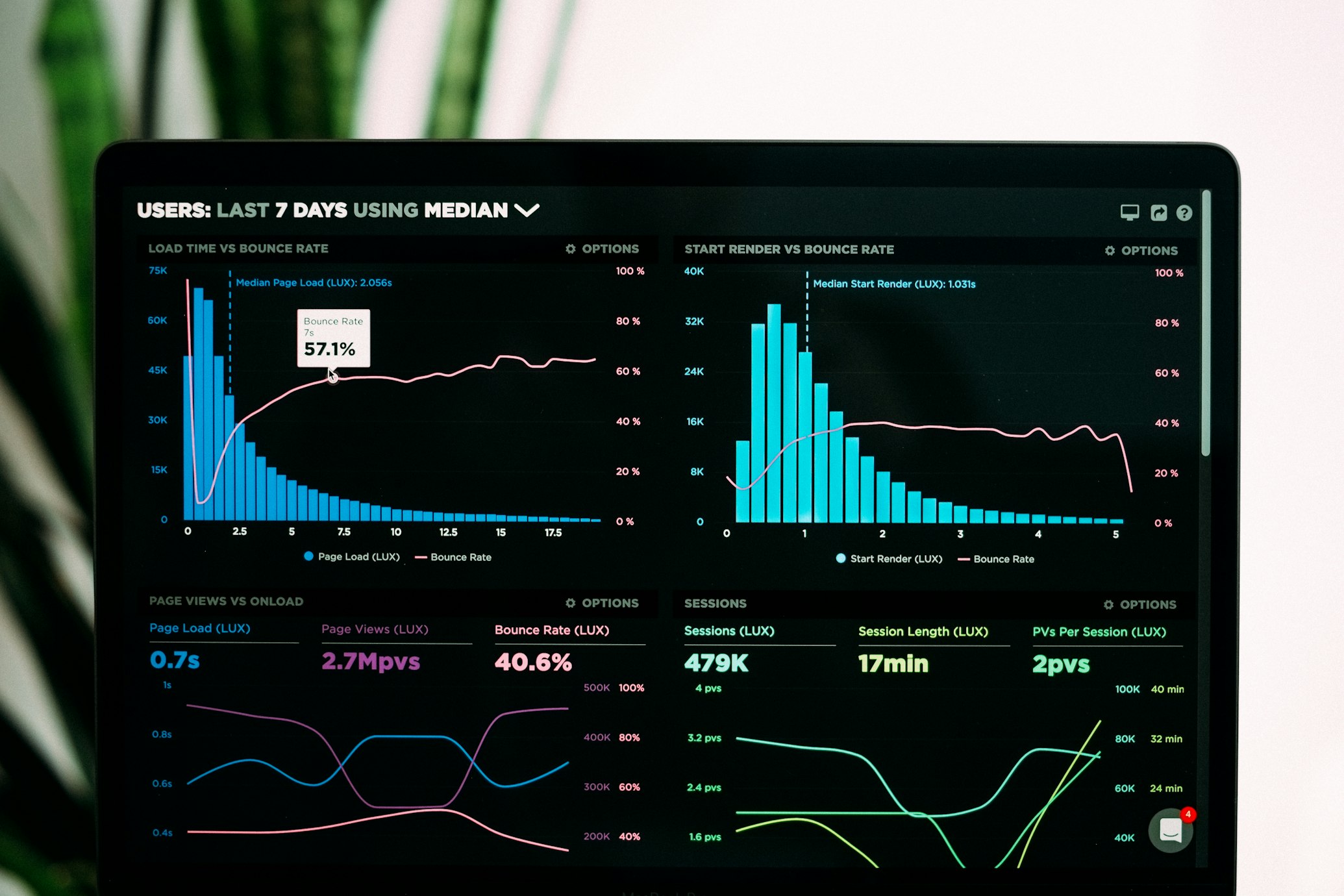Serverless GPUs for Computer Vision Projects
Discover how serverless GPU technology is revolutionizing computer vision applications with scalable, cost-effective solutions.
Computer vision has transformed industries from healthcare to autonomous vehicles, but the computational demands have traditionally required expensive GPU infrastructure. Serverless GPUs for computer vision are changing this paradigm, offering on-demand access to powerful processing without infrastructure management. In this comprehensive guide, we explore how serverless GPU technology is revolutionizing computer vision projects.
“Serverless GPUs have reduced our computer vision infrastructure costs by 65% while improving scalability for peak demand periods.” – CTO, Healthcare AI Startup
Why Serverless GPUs for Computer Vision?
Computer vision workloads are uniquely suited to serverless GPU architecture due to their:
- Variable processing demands
- Bursty inference requirements
- Need for rapid scaling
- Cost sensitivity during development
Key Benefits of Serverless GPUs
Cost Efficiency
Pay only for the milliseconds of GPU time used during inference, eliminating idle resource costs.
Instant Scalability
Automatically handle traffic spikes from 10 to 10,000 requests without manual intervention.
Simplified Operations
No GPU cluster management, driver updates, or capacity planning required.
Faster Iteration
Deploy new models in minutes rather than weeks spent on infrastructure setup.
Computer Vision Use Cases with Serverless GPUs

Real-Time Object Detection
Serverless GPUs excel at processing video streams for real-time object detection. Applications include:
- Retail analytics for customer behavior tracking
- Autonomous vehicle perception systems
- Industrial quality control on production lines
The burstable nature of serverless architecture matches perfectly with the variable frame rates of video feeds.

Medical Image Analysis
Healthcare applications leverage serverless GPUs for:
- Radiology image segmentation
- Pathology slide analysis
- Real-time surgical assistance
Serverless architecture ensures HIPAA compliance through isolated execution environments while providing on-demand access to specialized GPU resources.

Geospatial Analysis
Processing satellite and aerial imagery requires massive computational resources for:
- Land use classification
- Disaster response mapping
- Agricultural monitoring
Serverless GPUs enable cost-effective processing of large datasets without maintaining expensive GPU clusters.
Top Serverless GPU Providers for Computer Vision
| Provider | GPU Options | Cold Start | Vision-Specific Features | Best For |
|---|---|---|---|---|
| AWS Lambda | T4, A10G | 2-5 seconds | Rekognition integration | Enterprise applications |
| Lambda Labs | A100, H100 | 30-60 seconds | Pre-built CV containers | High-performance models |
| RunPod | A5000, A6000 | 10-30 seconds | Persistent GPU workers | Cost-sensitive projects |
| Google Vertex AI | T4, V100 | 5-15 seconds | AutoML Vision integration | End-to-end ML pipelines |
For detailed pricing information, see our serverless GPU pricing comparison.
Implementation Workflow
Step-by-Step Guide
Implementing computer vision with serverless GPUs involves:
- Model Optimization: Convert models to optimized formats like TensorRT or ONNX
- Containerization: Package models with necessary dependencies in Docker containers
- Serverless Configuration: Set up GPU-enabled functions with appropriate memory
- Trigger Setup: Configure API Gateway for HTTP triggers or S3 for batch processing
- Performance Tuning: Optimize for cold starts and concurrency limits
Performance Considerations
When using serverless GPUs for computer vision, consider these critical factors:
Cold Start Mitigation
Cold starts can impact real-time vision applications. Mitigation strategies include:
- Provisioned concurrency for predictable workloads
- Container optimization to reduce initialization time
- Warm-up requests during low-traffic periods
- Model pre-loading techniques
Cost Optimization
Optimize your serverless vision pipeline costs:
- Batch processing for non-real-time workloads
- Intelligent request batching
- Model quantization for faster inference
- Right-sizing GPU memory allocation
For long-term workloads, consider our analysis of serverless GPU vs traditional GPU servers to determine the most cost-effective approach.
Future of Serverless Computer Vision
Emerging trends in serverless computer vision include:
- Edge Integration: Hybrid serverless-edge architectures
- Specialized Hardware: AI-optimized serverless chips
- AutoML Integration: Serverless model training pipelines
- Real-time 3D Vision: Volumetric processing capabilities
As models grow more complex, serverless providers are responding with more powerful GPU options and tighter integration with vision-specific services. Explore the top platforms for serverless AI/ML to stay ahead of these developments.
Transform Your Computer Vision Projects
Join our newsletter to receive cutting-edge insights on serverless GPU technology, computer vision techniques, and exclusive case studies.

